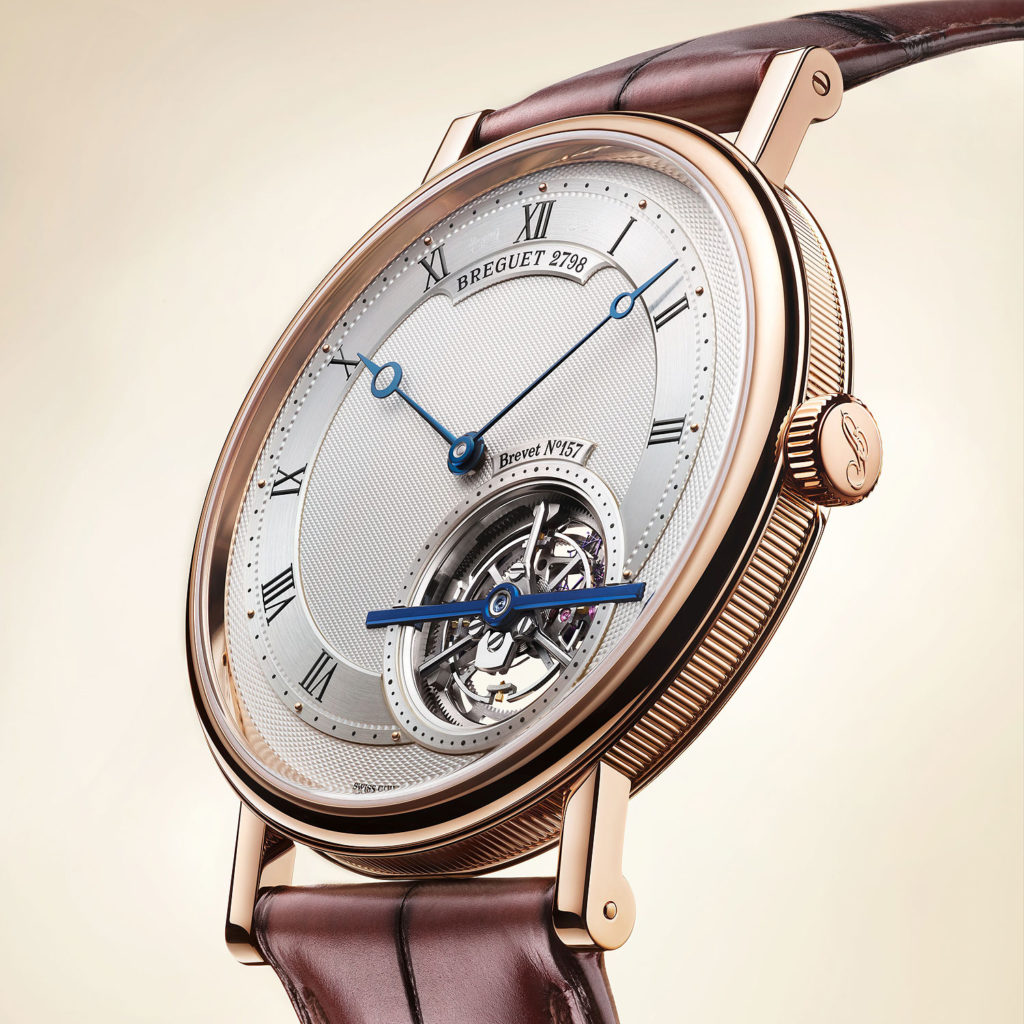To minimize gravity’s impact on the accuracy of pocket watches, Abraham-Louis Breguet invented the tourbillon, receiving a patent for it on June 26, 1801. However, production for clients didn’t start until 1805. Even after the patent lapsed, tourbillon pocket watches remained uncommon due to the skill required for their creation. In the realm of wristwatches, the tourbillon took longer to gain traction. Some brands, like Omega, explored tourbillon movements in prototypes, but it was post-quartz crisis that this feature became more prevalent.
Many still regard the tourbillon as a complication. While it is indeed complex to produce, it serves as an enhancement to the watch’s escapement, a crucial component of mechanical timepieces, which technically doesn’t classify it as a complication. The same applies to the remontoire and the co-axial escapement created by George Daniels; both require significant craftsmanship but aren’t considered complications.
This raises the question: what exactly constitutes a complication? The answer varies based on perspective. A purist might argue that only the hour hand is essential, as early clocks often featured just one hand for timekeeping. In the context of wristwatches, however, the general consensus is that any additional function beyond displaying hours, minutes, and seconds qualifies as a complication. Thus, even a 60-second tourbillon, which also acts as a seconds hand, doesn’t fit the definition. If you have any questions you’d like answered, feel free to leave them in the comment section below. We may include your query in a future edition of “Did you know that…?”

